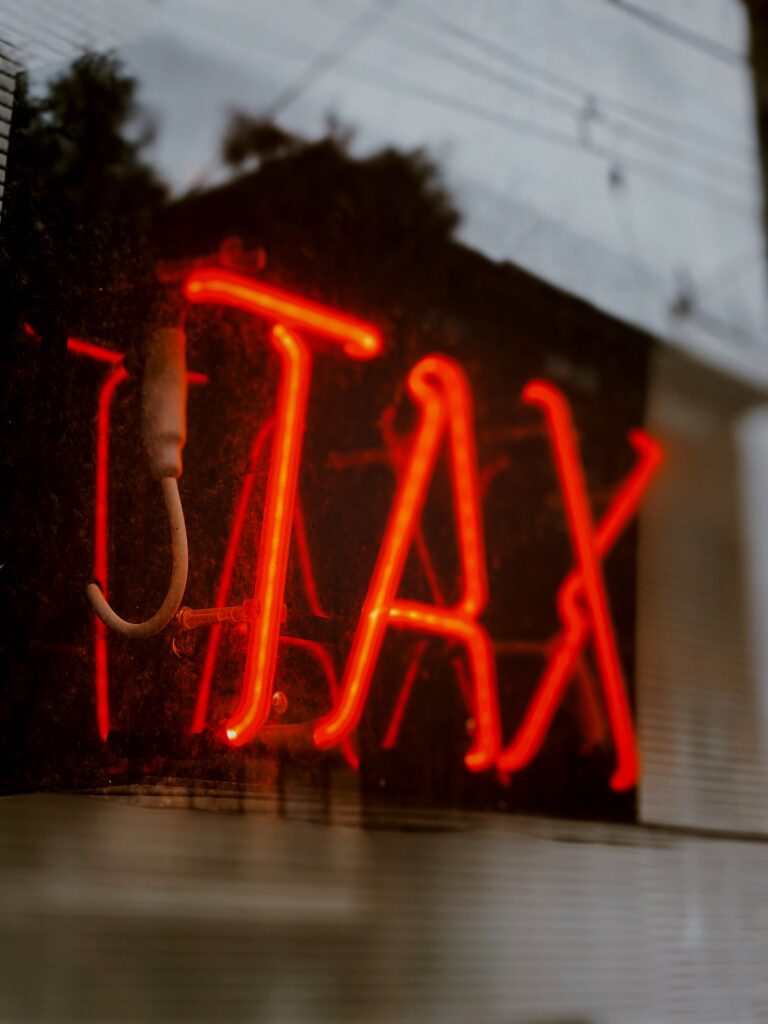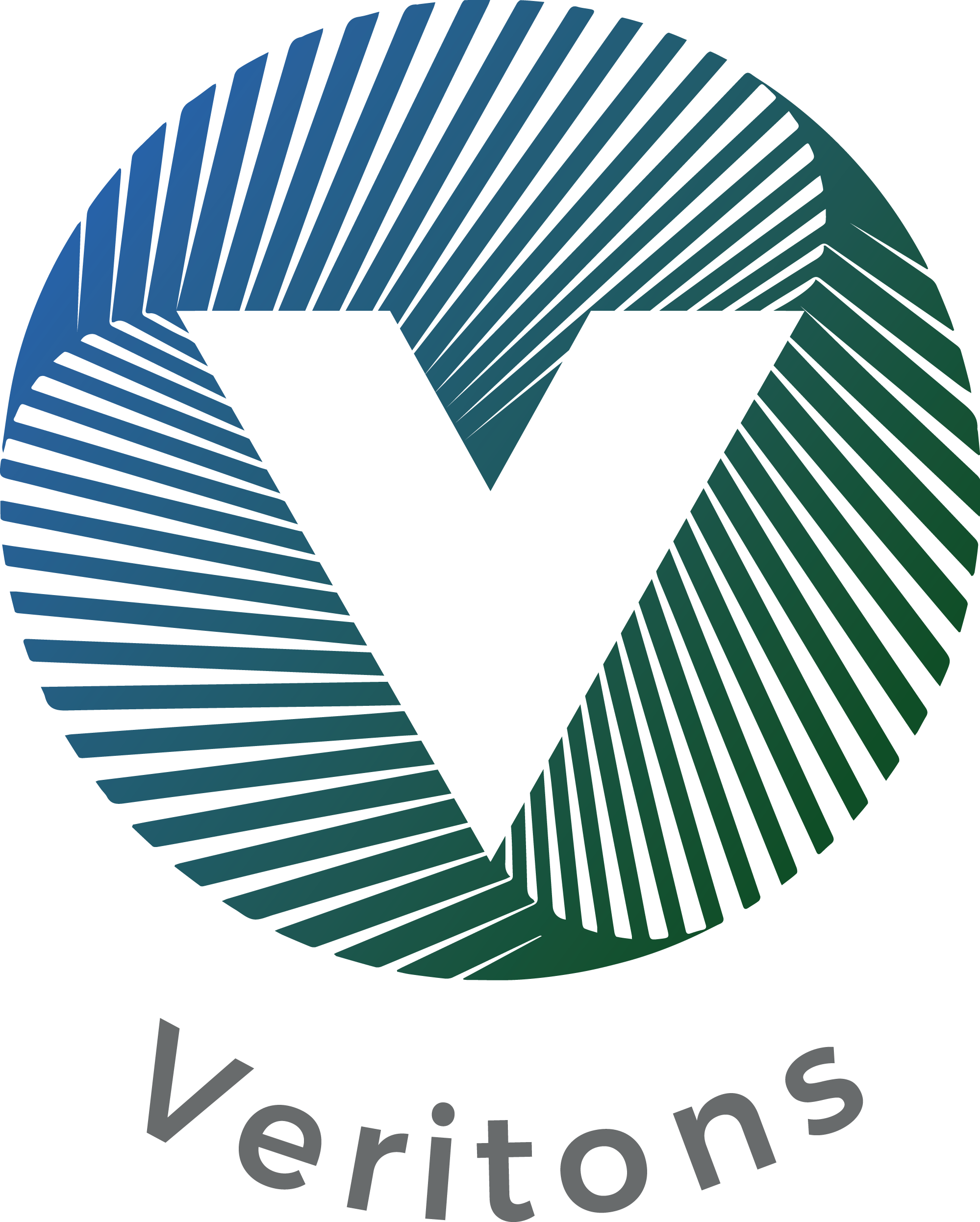In this blog post we take a look at the basics of VAT including when you must register, what happens when you do, and the different schemes that you can operate. It can be a very complicated tax which sometimes makes it seem intimidating, but it is worth noting that in the vast majority of cases and transactions it is fairly straightforward.

When must I register for VAT?
Provided that all the supplies you are making do not fall into either exempt or outside the scope (see below), you will have to register for VAT when turnover in any rolling 12 month period exceeds £85,000. However as long as you are making (or are intending to make) supplies which are not exempt or outside the scope, then you can voluntarily register for VAT before reaching this £85,000 turnover level. HMRC have a very good website letting you know what supplies are exempt or outside the scope which can be found here:
What happens after I have registered for VAT?
HMRC will issue you with a VAT registration number which you include on your invoices. You will need to charge VAT on all sales invoices raised after the date of registration, and you will be able to reclaim the VAT on all business related purchases where it is incurred. It is likely you will be submitting VAT returns quarterly and they must be submitted using Making Tax Digital (MTD) compliant software.
Pre-registration VAT on purchases
Your business will be able to reclaim the VAT on valid business purchases from its effective date of VAT registration. However, to assist businesses you can also reclaim VAT on some purchases made before VAT registration, these include:
- The VAT on goods that remain on hand at the date of registration but purchased up to 4 years earlier. These goods on hand would include stock or fixed assets.
- The VAT on services provided to the business up to six months before VAT registration.
The VAT on such purchases can be reclaimed on the business’ first VAT return but will require a manual entry on the bookkeeping software to achieve this.
How are VAT returns completed and submitted to HMRC?
All VAT registered businesses must now submit their VAT returns under what is called Making Tax Digital (MTD). To do so requires MTD compliant software, which all leading bookkeeping packages such as Quickbooks, Xero, Sage and Freeagent have the ability to do.
At Veritons we have clients across a vast range of industries and have gained considerable experience in VAT as a result. If you would like to discuss your position why not book a free initial consultation.
VAT schemes
Here we cover the most common schemes available to VAT registered businesses:
Flat rate scheme
Under this scheme rather than separately recover the VAT on your business purchases, you simply pay a reduced percentage of VAT on your sales. You still charge 20% VAT to your customers, but HMRC will provide you with a reduced percentage to use against that sale. This reduced percentage will be based on the industry you operate in.
Example
You make a sale of £1,000 + VAT so charge the customer a total of £1,200. You are registered under the Flat Rate Scheme and HMRC have said for your industry the relevant percentage is 14%. Therefore on your VAT return you will take the £1,200 gross sale and apply 14% to this, meaning VAT declared off £168. Under the Flat Rate Scheme you cannot reclaim VAT on purchases, but in this example HMRC have given you the equivalent of £32 in lieu of this, being the £200 collected less the £168 declared.
Additional points to note for this scheme are:
- In order to be eligible for this scheme your turnover, exclusive of VAT, cannot exceed £150,000. If you are on the Flat Rate Scheme and do exceed this you must leave the scheme.
- You cannot reclaim VAT on your purchases except for certain capital assets over £2,000.
Cash accounting scheme
The Cash Accounting Scheme means you only pay VAT on sales when the customer has paid you, and only reclaim VAT on purchases where you have paid the supplier. The items will hit your VAT returns when they are paid, not when they are invoiced. This provides a cash flow advantage to the business as you are not paying VAT on sales invoices where the customer has not paid you.
Things to note for this scheme are:
- You do not have to notify HMRC that you are applying the Cash Accounting basis, but in order to join your VAT exclusive turnover over the previous 12 months must be £1.35 million or less.
- You must leave the scheme when your VAT exclusive turnover exceeds £1.6 million.
- Payment terms on your sales invoices cannot exceed 6 months, and your sales cannot be made on credit arrangements such as lease purchase or hire purchase.
Invoice basis
This is the “default” VAT scheme and means you declare VAT on your sales based on the invoice date and reclaim VAT on your purchases based on the supplier’s invoice date.
If your business’ turnover is over £1.6 million you will have to be declaring VAT on this basis. A potentially painful aspect of being on the invoice basis is that you can be paying VAT over to HMRC on sales where the customer has not yet paid you. Bad debt relief can be claimed, but only when the invoice is at least 6 months old and you have written off the outstanding amount in the company records.
In this blog we have covered the VAT basics which cover the vast majority of instances and businesses, but the devil is in the detail therefore we would advocate checking the position if you are in any doubt.
